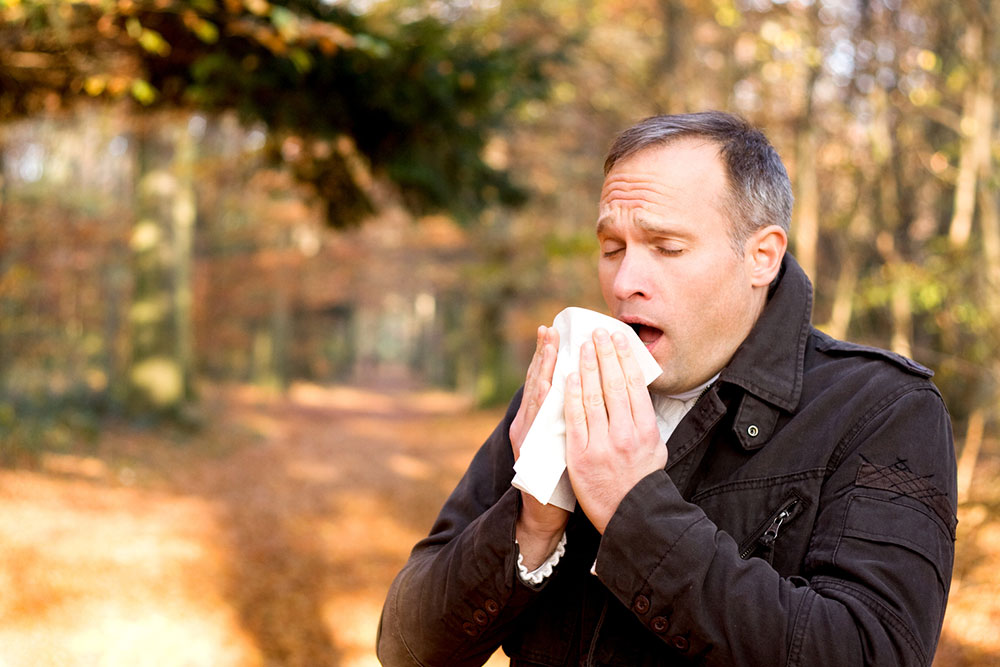Meningitis Uncovered: In-Depth Insights into Symptoms, Causes, and Preventive Measures
This comprehensive guide provides in-depth insights into meningitis, covering symptoms, causes, transmission, and preventive measures. Understanding these aspects can help in early detection and effective prevention. Learn how vaccinations, hygiene, and awareness play a crucial role in combating this serious disease, especially for high-risk groups. The article emphasizes the importance of timely medical care and highlights strategies to reduce meningitis-related complications, making it a vital resource for health-conscious individuals and communities alike.

Understanding Meningitis: A Complete Overview of Symptoms, Causes, and Prevention Strategies
Meningitis is a serious medical condition characterized by inflammation of the meninges—the delicate membranes that envelop the brain and spinal cord. These protective layers serve as a vital barrier safeguarding the central nervous system from infection and injury. When these membranes become inflamed, it can lead to severe neurological complications if not diagnosed and treated promptly. Meningitis can be caused by various pathogens, including bacteria, viruses, and fungi. Each type has distinct modes of transmission, severity, and treatment protocols.
Bacterial meningitis, caused by bacteria such as Neisseria meningitidis, Streptococcus pneumoniae, and Haemophilus influenzae, is often rapid in onset and can be life-threatening. It spreads through close contact with infected individuals, mainly via respiratory droplets, kissing, or sharing personal items like utensils and drinks. Therefore, close quarters and communal living settings significantly increase the risk. Viral meningitis, which is usually less severe, results from infections by viruses like enteroviruses, herpes simplex virus, or mumps virus. While it tends to resolve on its own in most cases, medical attention is still essential to manage symptoms. Fungal meningitis, though rare, poses a significant threat primarily to immunocompromised individuals, such as those with HIV/AIDS or undergoing cancer treatment.
Understanding the origins and transmission pathways of meningitis can help in effective prevention. For example, it often originates from infections elsewhere in the body, such as ear or throat infections, which can spread to the meninges. Transmission occurs mainly through close contact with infected persons, including activities like kissing, coughing, or sharing personal items—making outbreaks more likely in crowded environments like schools, dormitories, and military barracks.
Anyone can contract meningitis, regardless of age, gender, or lifestyle. However, certain groups are at heightened risk. Infants, young children, teenagers, and adults over 55 are more vulnerable, especially if they are unvaccinated or have underlying health conditions. Individuals with compromised immune systems are also at increased risk of developing severe or recurrent infections. To safeguard personal health and community wellbeing, vaccination, good hygiene practices, and early recognition of symptoms are crucial.
Recognizing the signs and symptoms of meningitis is vital for early detection and effective treatment. Typical symptoms include severe headaches that often intensify quickly, persistent fever, neck stiffness that makes movement uncomfortable, fatigue or drowsiness, vomiting, and sensitivity to light. Additional signs can include cold extremities, rapid breathing, and pale or mottled skin, which signal medical emergencies requiring immediate attention. If untreated, meningitis can result in permanent neurological damage, hearing loss, or even death.
Prompt medical intervention involves laboratory diagnostics such as CSF analysis via lumbar puncture, blood cultures, and imaging studies. Treatment strategies vary based on the causative organism but generally include antibiotics for bacterial infections, supportive care for viral cases, and antifungal agents for fungal meningitis. Prevention remains the most effective strategy, including vaccination programs like the meningococcal, pneumococcal, and Hib vaccines, which significantly reduce the incidence of bacterial meningitis. Public health measures also emphasize personal hygiene practices, avoiding close contact with infected individuals, and maintaining clean environments.
In conclusion, meningitis is a potentially life-threatening condition that requires early detection, prompt treatment, and effective prevention. Understanding its causes, transmission methods, and symptoms can help individuals recognize the danger early and seek appropriate medical care. Vaccinations and good hygiene are key components of reducing the risk, especially in high-risk populations. Public awareness campaigns and health education play a vital role in controlling outbreaks and preventing complications related to meningitis.
Knowledge about meningitis, its early symptoms, transmission, and prevention strategies is essential in safeguarding individual and public health. Staying informed and vigilant can reduce the severity of outbreaks and improve recovery outcomes through timely medical intervention.





